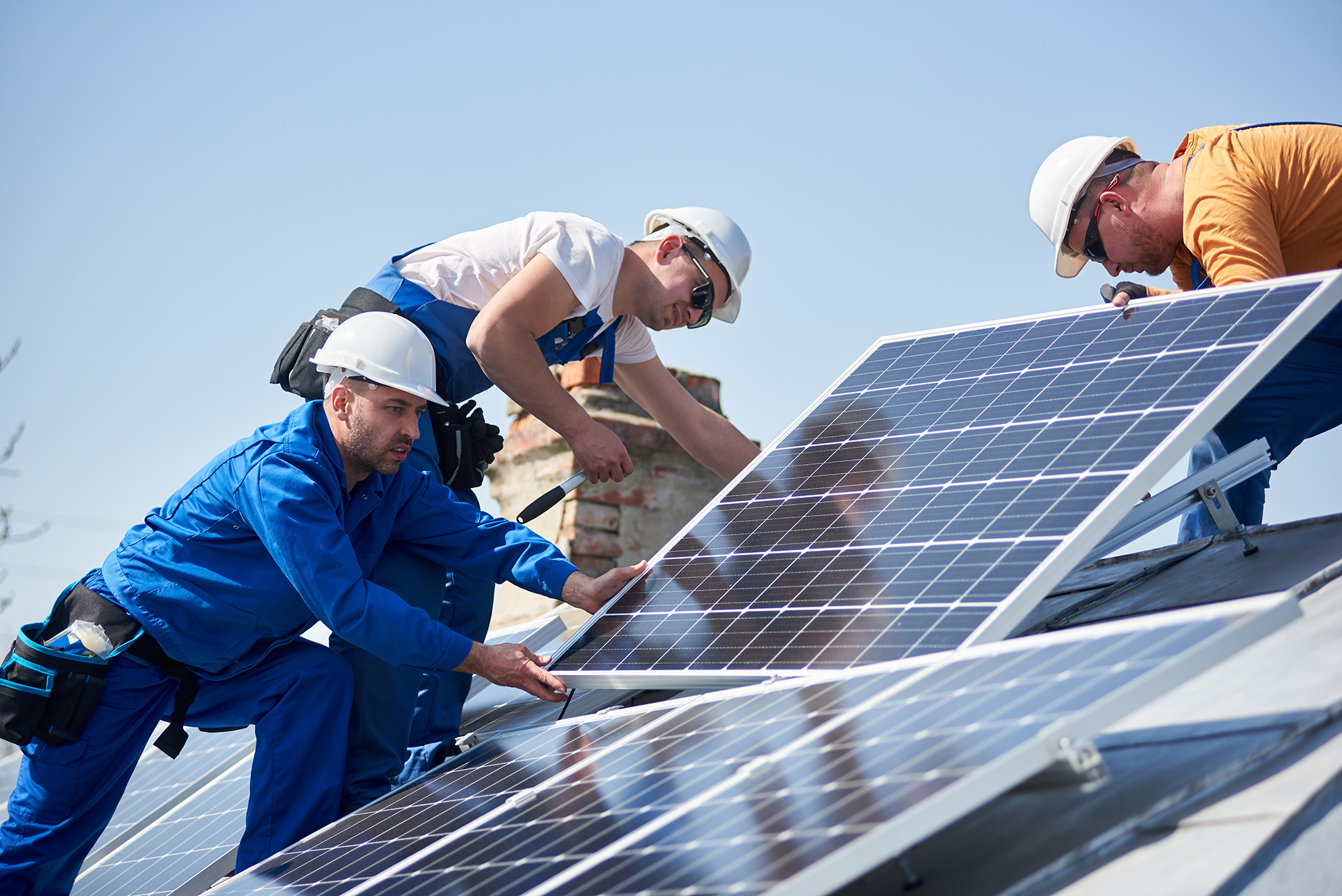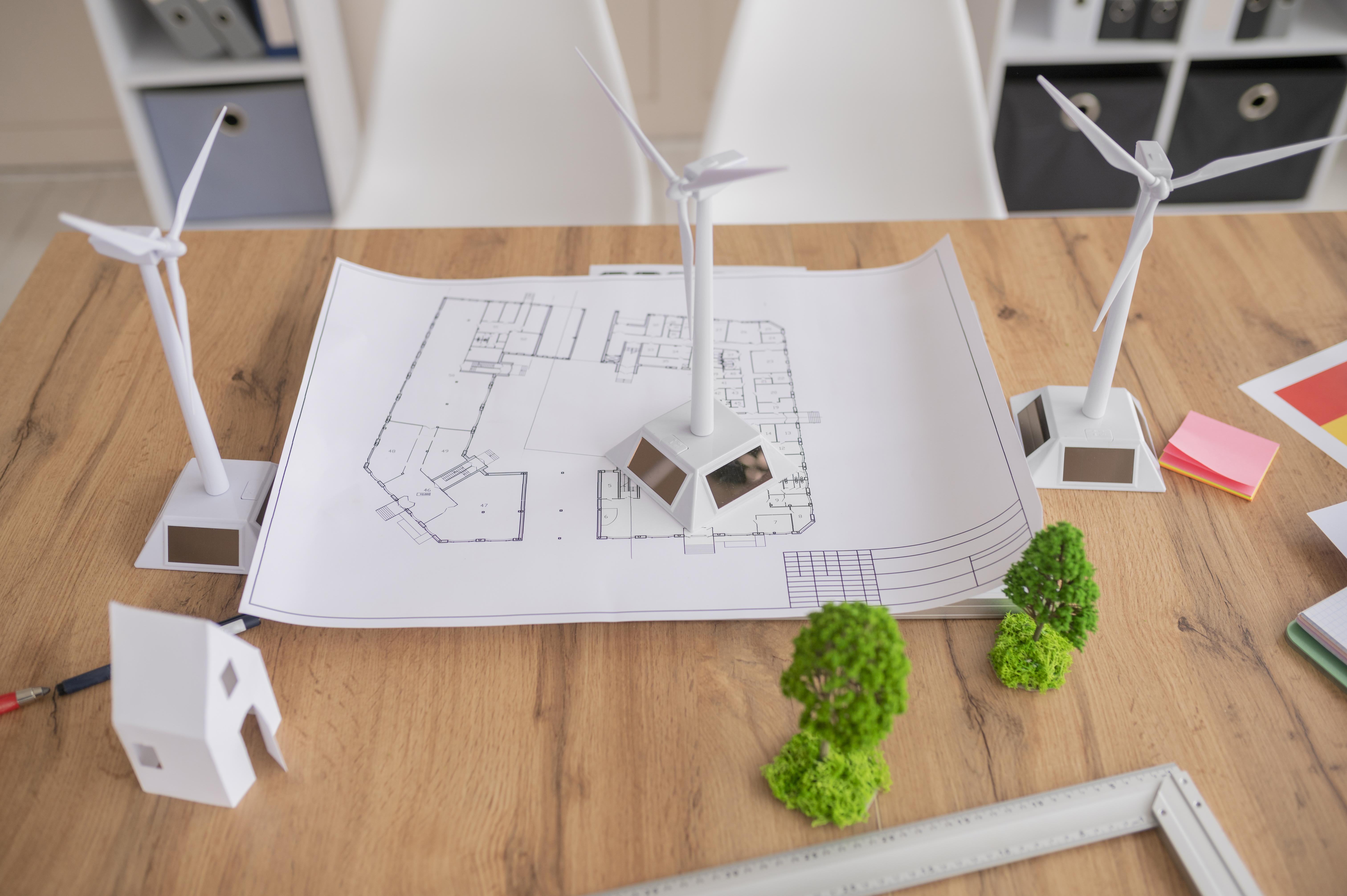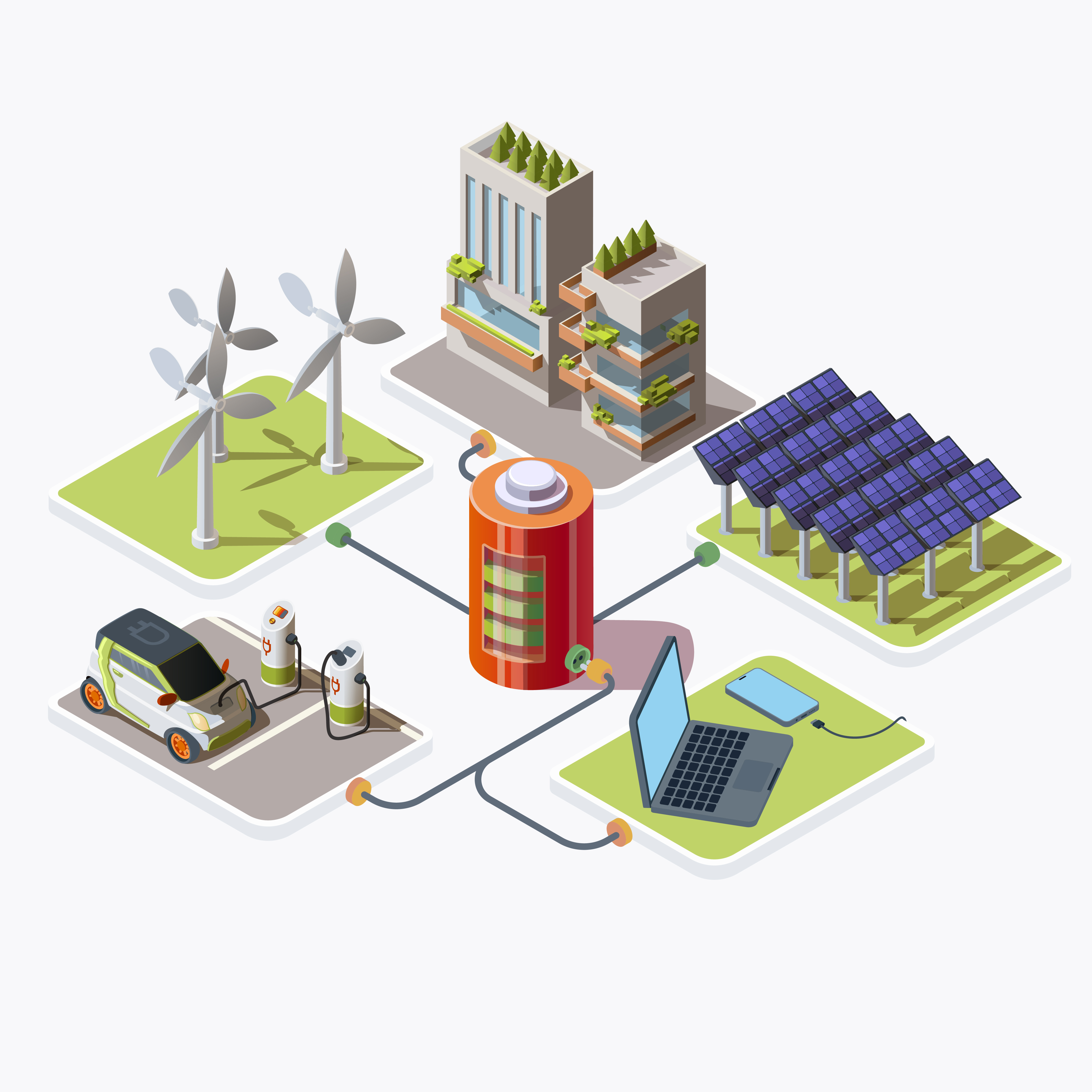Table of Contents
ToggleIntroduction
A heat pump is a mechanical device that transfers heat from one location to another, typically from a heat source to a heat sink. It can serve both heating and cooling purposes by utilizing the principles of thermodynamics.Heat pumps operate by extracting heat from a heat source (such as the air, ground, or water) through an evaporation process using a refrigerant. This heat is then transferred to the desired space or utilized for domestic hot water heating.Heat pumps can function in various modes, including heating mode during colder months and cooling mode during warmer months. Some advanced heat pumps also offer supplementary features such as dehumidification and ventilation.
Importance of Cost-Benefit Analysis in Decision-Making
Installing a heat pump involves significant upfront costs, and it is essential to evaluate whether the long-term benefits outweigh these initial investments. A thorough cost-benefit analysis enables stakeholders to optimize financial resources by identifying the most economically viable option among various heating and cooling alternatives. By systematically assessing the costs and benefits associated with heat pump installation, decision-makers can mitigate financial risks and uncertainties inherent in such investments.
Here, we will articulate the primary objectives of conducting a cost-benefit analysis specific to the installation of heat pumps.The primary purpose of the analysis is to provide decision-makers with robust quantitative insights into the financial implications of installing a heat pump system. By evaluating the costs and benefits in a structured manner, the analysis facilitates informed resource allocation, ensuring that investments align with organizational goals and priorities. Additionally, the analysis enables the comparison of heat pump systems with alternative heating and cooling technologies, aiding in the selection of the most cost-effective solution.
Heat pumps operate based on the principles of thermodynamics, specifically the refrigeration cycle. They transfer heat from a lower temperature reservoir to a higher temperature reservoir, contrary to natural heat flow. The refrigeration cycle consists of four main stages: compression, condensation, expansion, and evaporation. During this cycle, the refrigerant undergoes phase changes, absorbing heat at low temperatures and releasing it at higher temperatures. Heat pumps comprise essential components such as compressors, condensers, expansion valves, and evaporators, each playing a crucial role in facilitating the refrigeration process.
Factors Affecting Cost-Benefit Analysis
The cost of the heat pump unit itself constitutes a significant portion of the initial investment, with prices varying depending on factors such as brand, model, capacity, and efficiency rating. Installation costs encompass labor charges, site preparation, electrical work, piping, ductwork modifications (if necessary), and any additional materials required for the setup of the heat pump system. Ancillary expenses may include permits, inspections, and fees associated with zoning regulations or building codes compliance, which can contribute to the overall upfront expenditure.
The primary operating cost of heat pumps is energy consumption, primarily electricity, which powers the compressor and auxiliary components. The efficiency of the heat pump unit directly impacts energy consumption and, consequently, operating expenses. Regular maintenance is essential to ensure the efficient operation and longevity of heat pump systems. Maintenance tasks may include filter replacement, coil cleaning, refrigerant checks, lubrication of moving parts, and periodic inspection by qualified technicians. While heat pumps are generally reliable, unforeseen breakdowns or component failures may necessitate repair or replacement, resulting in additional expenses. It is prudent to budget for potential repair costs in the long-term financial analysis.
The COP measures the efficiency of a heat pump by comparing the amount of heat output to the amount of electrical energy input. Higher COP values indicate greater energy efficiency and potential savings on heating and cooling costs. SEER and HSPF are metrics used to assess the energy efficiency of air source heat pumps for cooling and heating, respectively. Heat pumps with higher SEER and HSPF ratings offer greater energy savings over their operational lifespan. By replacing less efficient heating and cooling systems with energy-efficient heat pumps, property owners can realize substantial energy savings over time, offsetting the initial investment and operating costs. Heat pumps offer a more sustainable heating and cooling solution compared to traditional fossil fuel-based systems, resulting in reduced carbon emissions and environmental impact.
Heat pumps can be coupled with renewable energy sources such as solar photovoltaic panels or wind turbines to further minimize greenhouse gas emissions and reliance on non-renewable energy sources. Assessing the environmental footprint of heat pump systems entails considering factors such as manufacturing processes, refrigerant emissions, and end-of-life disposal, offering insights into their overall sustainability.
Potential Government Incentives and Rebates
Federal, state, and local governments may offer tax credits or deductions for qualifying energy-efficient upgrades, including the installation of heat pump systems, providing financial incentives for property owners. Utility companies and energy efficiency programs often offer rebates or grants to incentivize the installation of high-efficiency heat pumps, helping offset the initial investment and lowering the overall cost of ownership. Government-sponsored financing programs, such as Property Assessed Clean Energy (PACE) financing or energy efficiency loans, offer affordable financing options for property owners looking to invest in heat pump systems.
Primary data may be collected through surveys, interviews, or on-site assessments to obtain specific information regarding installation costs, energy consumption patterns, and maintenance requirements. Secondary data sources include peer-reviewed literature, industry reports, government publications, and databases containing information on heat pump performance, energy efficiency ratings, environmental impacts, and financial incentives. Consulting with industry experts, HVAC professionals, energy auditors, and financial advisors can provide valuable insights and guidance in data collection and analysis, ensuring the accuracy and reliability of the cost-benefit assessment.
The initial investment comprises various components, including the cost of the heat pump unit, installation expenses, ancillary costs (permits, inspections), and any additional upgrades or modifications necessary for system integration. Cost estimation methods such as bottom-up costing or parametric modeling may be employed to quantify the expenses associated with equipment procurement, labor, materials, and overhead costs. Adjustments for inflation and discounting may be applied to account for changes in the purchasing power of currency over time and to calculate the present value of future cash flows associated with the initial investment.
Estimation of Annual Operating Costs
Energy consumption estimates are derived based on factors such as the heating and cooling load of the building, climatic conditions, equipment efficiency ratings (SEER, HSPF), and user behavior patterns. Utility rates for electricity consumption are obtained from utility bills or online databases and used to calculate the cost of energy consumed by the heat pump system over a specified period, accounting for time-of-use pricing and tiered rate structures. Lifecycle cost analysis considers not only the immediate operating expenses but also the long-term maintenance costs, repair expenditures, and replacement costs incurred over the anticipated lifespan of the heat pump system.
Energy consumption data from the existing heating and cooling systems serve as a baseline for comparison against the anticipated energy consumption of the heat pump system, allowing for the estimation of energy savings. Simulation modeling tools such as EnergyPlus or TRNSYS may be utilized to simulate the performance of the heat pump system under different operating conditions and scenarios, enabling the prediction of energy savings based on building characteristics and weather data.
Sensitivity analysis involves evaluating the impact of key variables such as energy prices, equipment efficiency, and maintenance costs on energy savings estimates, providing insights into the robustness of the analysis and potential sources of uncertainty.
Consideration of Environmental Benefits
The reduction in carbon emissions resulting from the displacement of fossil fuel-based heating and cooling systems by energy-efficient heat pumps is quantified based on emission factors for electricity generation and fuel combustion. Environmental externalities such as air pollution, greenhouse gas emissions, and resource depletion are considered in the cost-benefit analysis, reflecting the broader societal and environmental impacts of heat pump installation. Environmental benefits may be monetized using valuation methods such as the social cost of carbon or willingness-to-pay surveys, enabling the incorporation of non-market values into the cost-benefit assessment.
The cost of the heat pump unit constitutes a significant portion of the initial investment, varying depending on factors such as brand, model, capacity, and efficiency rating. Prices may range from several thousand to tens of thousands of dollars. Installation costs encompass labor charges, site preparation, electrical work, piping, ductwork modifications (if necessary), and any additional materials required for the setup of the heat pump system. These expenses may account for a significant portion of the total initial investment.
Ancillary expenses such as permits, inspections, zoning fees, and building code compliance add to the overall upfront expenditure. While individually small, these costs can collectively contribute to the overall cost of heat pump installation.
Comparison of Operating Costs with Traditional Heating Systems
Heat pumps typically offer higher energy efficiency compared to traditional heating and cooling systems, resulting in lower operating costs over the system’s lifespan. Energy consumption estimates derived from the cost-benefit analysis provide insights into the comparative cost-effectiveness of heat pumps.
Lifecycle cost analysis considers not only the immediate operating expenses but also the long-term maintenance costs, repair expenditures, and replacement costs associated with traditional heating and cooling systems. By comparing the lifecycle costs of heat pumps with traditional systems, stakeholders can assess the economic viability of heat pump installation. The payback period, defined as the time required for the cumulative energy savings to offset the initial investment costs, serves as a key metric for assessing the financial feasibility of heat pump installation. A shorter payback period indicates a more favorable return on investment and greater cost-effectiveness of heat pump systems.
The payback period is calculated by dividing the initial investment costs by the annual energy savings generated by the heat pump system. The resulting value represents the number of years required for the energy savings to offset the initial investment costs and achieve breakeven. Sensitivity analysis involves assessing the impact of key variables such as energy prices, equipment efficiency, maintenance costs, and discount rates on the payback period estimate. Sensitivity analysis provides insights into the robustness of the analysis and identifies critical factors influencing the financial viability of heat pump installation.
Benchmarking the calculated payback period against industry standards and best practices allows stakeholders to gauge the relative performance of heat pump systems and assess their competitiveness in the marketplace. A payback period within industry norms indicates a reasonable return on investment and enhances confidence in the financial feasibility of heat pump installation.
Benefit Analysis
Energy consumption estimates derived from the cost-benefit analysis are used to quantify the reduction in energy consumption achieved through the adoption of heat pump systems compared to traditional heating and cooling systems. The monetary value of energy savings is calculated by multiplying the annual energy savings by the prevailing utility rates for electricity consumption. This allows stakeholders to understand the financial impact of energy efficiency improvements associated with heat pump installation. Cumulative energy savings projections over the system’s lifespan provide insights into the long-term financial benefits of heat pump systems, facilitating informed decision-making and resource allocation.
The reduction in carbon emissions resulting from the adoption of heat pump systems is quantified based on emission factors for electricity generation and fuel combustion. This allows stakeholders to understand the environmental impact of transitioning to more sustainable heating and cooling technologies. Environmental benefits may be monetized using valuation methods such as the social cost of carbon or willingness-to-pay surveys, enabling stakeholders to incorporate non-market values into the cost-benefit analysis and inform decision-making based on broader societal considerations.
Benchmarking the achieved reduction in carbon emissions against environmental targets and regulatory standards allows stakeholders to assess the effectiveness of heat pump installation in mitigating climate change and achieving sustainability objectives.
Improvement in Indoor Air Quality
Heat pump systems equipped with advanced filtration and ventilation features help remove airborne contaminants, allergens, and pollutants, improving indoor air quality and creating a healthier living and working environment for building occupants. Improved indoor air quality resulting from the installation of heat pump systems has been linked to various health benefits, including reduced respiratory symptoms, allergies, and asthma exacerbations, as well as enhanced cognitive performance and productivity among occupants.
The monetary value of health benefits associated with improved indoor air quality may be quantified using health impact assessment methodologies, allowing stakeholders to understand the economic implications of heat pump installation beyond energy and environmental considerations. Heat pump systems are recognized as energy-efficient heating and cooling solutions, enhancing the overall energy performance of buildings and increasing their appeal to prospective buyers or tenants seeking environmentally friendly and cost-effective properties. Increasing consumer awareness and demand for sustainable building features, including energy-efficient heating and cooling systems such as heat pumps, contribute to higher property values and marketability of green-certified buildings.
Appraisal and valuation methodologies may be employed to assess the impact of heat pump installation on property value, considering factors such as energy savings, environmental benefits, and market comparables. This allows stakeholders to understand the potential return on investment associated with heat pump systems from a property value perspective.
Conclusion
In conclusion, the cost-benefit analysis underscores the potential economic, environmental, and social benefits of heat pump installation, providing valuable insights and guidance for stakeholders in making informed decisions and advancing the adoption of energy-efficient and environmentally sustainable heating and cooling technologies.
FAQs
What is a heat pump, and how does it work?
A heat pump is a heating and cooling system that transfers heat from one place to another. It works by using a refrigeration cycle to extract heat from a source such as the air, ground, or water, and then transferring it to another location for heating or cooling purposes. During this process, the heat pump uses a compressor, condenser, expansion valve, and evaporator to facilitate the transfer of heat.
How does a heat pump compare to traditional heating and cooling systems in terms of energy efficiency?
Heat pumps are typically more energy-efficient than traditional heating and cooling systems such as furnaces and air conditioners. This is because heat pumps move heat rather than generating it, resulting in lower energy consumption. Additionally, heat pumps can provide both heating and cooling functions, offering year-round energy savings compared to separate heating and cooling systems.
Are there any government incentives or rebates available for installing a heat pump?
Yes, there are often government incentives and rebates available to encourage the adoption of energy-efficient heating and cooling technologies such as heat pumps. These incentives may include tax credits, rebates, grants, or financing programs offered by federal, state, or local governments, as well as utility companies and energy efficiency programs.
What are some potential risks and uncertainties associated with installing a heat pump, and how can they be mitigated?
Potential risks and uncertainties associated with heat pump installation include technical issues, financial considerations, and environmental factors. These risks can be mitigated through measures such as thorough equipment testing and commissioning, robust financial analysis and risk management strategies, and resilience measures to address environmental risks. Additionally, conducting a comprehensive cost-benefit analysis and engaging with industry experts can help identify and address potential risks before they arise.
What factors should be considered in the cost-benefit analysis of installing a heat pump?
Several factors should be considered in the cost-benefit analysis of installing a heat pump, including:Initial installation costsOperating and maintenance expensesEnergy efficiency and potential energy savingsEnvironmental impact, such as carbon emissions reductionAvailable government incentives and rebatesRisks and uncertainties associated with heat pump installation







